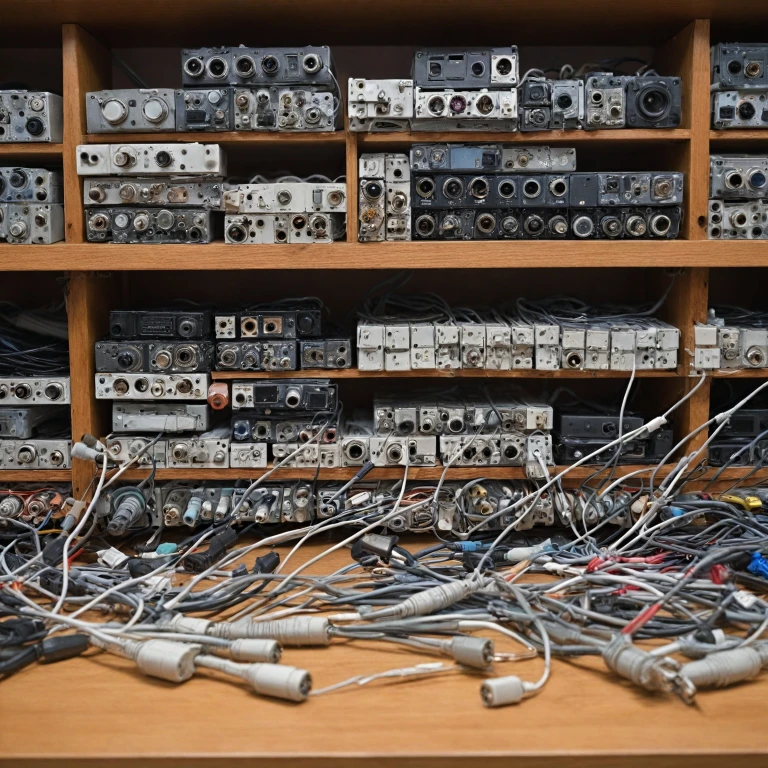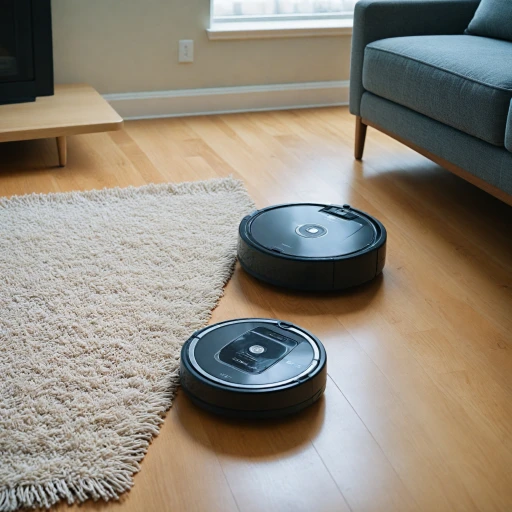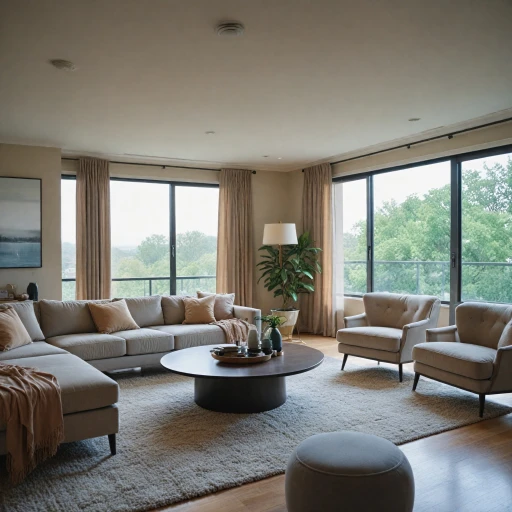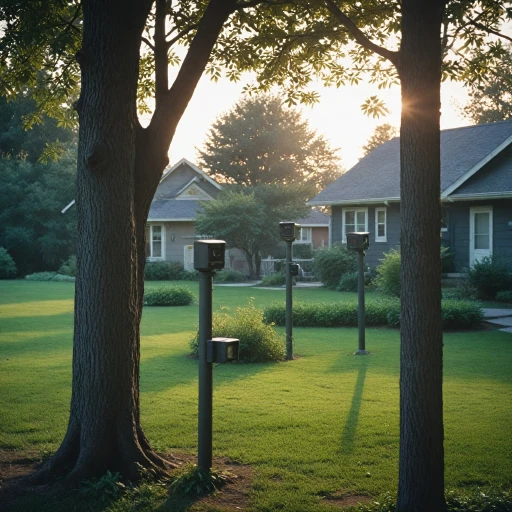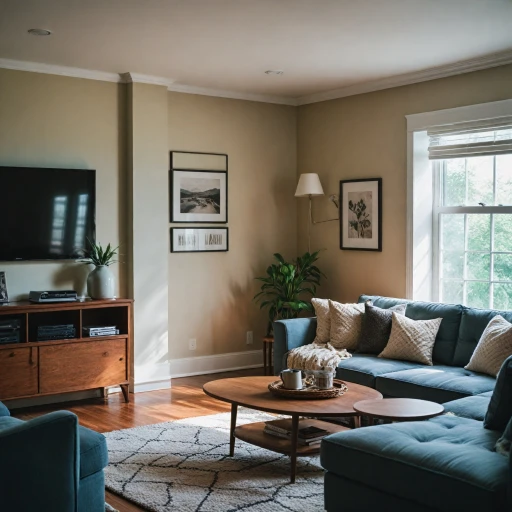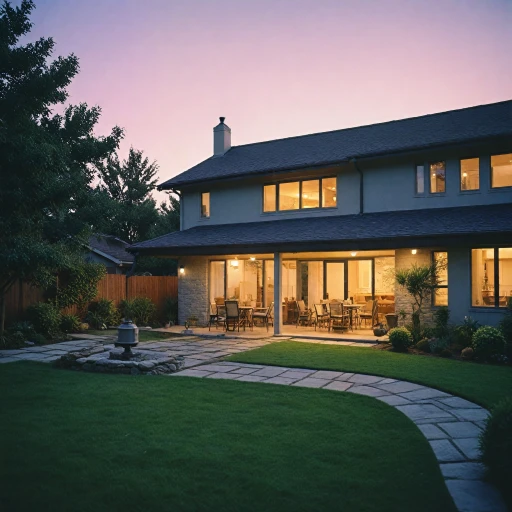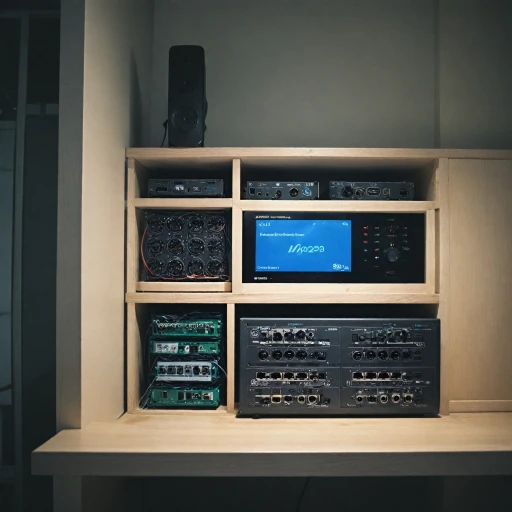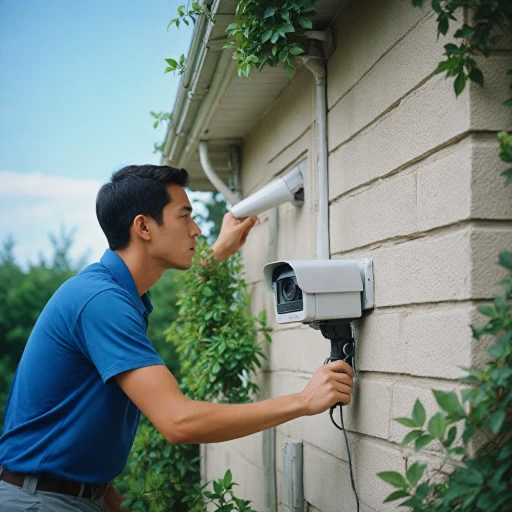
The Role of Security Camera Cables in Home Security
The Vital Link Between Your Security System and Its Effectiveness
When it comes to safeguarding your home, security camera cables play a pivotal role in ensuring that video is captured and delivered effectively. Often overshadowed by the actual cameras, these essential components serve as the backbone of any robust surveillance system. Their importance cannot be overstated, as they ensure the connection between your security cameras and the devices that store or display footage.
Without reliable cables, even the most advanced CCTV cameras would fail to capture necessary footage. Whether you are installing outdoor or indoor units, understanding the function and variety of camera cabling is crucial. These power cables provide the required electricity to keep the camera systems operational. Additionally, data is transmitted through these links, ensuring high-quality video is accessible and continuous.
Various types of cabling, such as coaxial cables, siamese cables, and CAT cables, each have unique properties beneficial for specific systems and environments. Choosing between these options requires careful consideration of your distinct security needs and the capabilities of your network.
To delve deeper into the significance of these components in securing your home, we invite you to explore more about the importance of surveillance camera cords in home security. This deeper understanding can empower homeowners in making more informed choices, ensuring their security systems are both effective and reliable.
Types of Security Camera Cables
Varieties of Cables for Your CCTV Setup
When setting up a CCTV camera system, choosing the right type of cables is crucial for ensuring optimal performance and reliability. There are several types of cables available, each serving distinct purposes and suitable for different environments.- Coaxial Cables: Coaxial cables are traditional choices for CCTV systems, renowned for their capability to transmit video signals over long distances with minimal interference. These cables are typically equipped with BNC connectors, making them compatible with older camera systems.
- Siamese Cables: Siamese cables combine both power and video cables into a single entity. This design simplifies the installation process by allowing both video signals and power to be transmitted simultaneously. Siamese cables are often used in systems where reducing clutter and simplifying installation is a major priority.
- Network (or Cat) Cables: As camera systems have become more technologically advanced, network cables (such as Cat5e and Cat6) have become integral in supporting IP cameras within a security network. These cables can transmit both video and data, facilitating ease of connectivity in modern digital systems. Moreover, their use with outdoor security cameras ensures robust data transmission.
Choosing the Right Cable for Your Security System
Selecting the Optimal Cable Setup for Your Surveillance Needs
Choosing the right cable for your security camera system is crucial to ensure both peak performance and reliability. With a plethora of options, it's essential to understand the specific requirements of your setup. First, consider the type of security cameras you're using. Different cameras may have unique needs. For instance, some systems may benefit more from a coaxial cable, while others may require a Cat cable based on the signal transmission distance or the need for video power. Another option to explore is the siamese cable, which combines both the video and power cable into one, streamlining your installation process. This can be particularly advantageous for outdoor setups.Compatibility and Connectors
Next, evaluate the compatibility of the cables with your camera system components. Ensure that the connectors, such as BNC connectors, are a fit for your security cameras. Mismatched cables and connectors can lead to image degradation or even failure in transmitting video signals effectively. Your choice will not only influence the efficiency of your security cameras but also the overall integrity of your camera system. Consider the load and quality of the camera wiring, as this will affect both the video and power feed. Black and white cables can make a difference visually and may affect the system's aesthetic if that's a concern for visible components.Environmental Factors
Environmental conditions play a significant role in selecting the right cable. Outdoor camera systems need cabling that can withstand harsh weather conditions. You'll want to consider cables that provide adequate protection against moisture and temperature extremes, ensuring long-lasting performance. Check for cables specifically designed for outdoor use to enhance durability. Before you add cart any cables, ensure they align with your system's power requirements. This can help prevent issues such as intermittent video or power losses. For integrating advanced features like PTZ, or Pan-Tilt-Zoom cameras, refer to detailed enhancing home security with a WiFi PTZ camera guides to optimize the full potential of your system. Overall, the optimal choice involves careful consideration of compatibility, environmental resilience, and future system scalability. Ensuring you have the right cable will not only keep your surveillance footage clear and reliable but also simplify maintenance and upgrades down the line.Installation Tips for Security Camera Cables
Benefits of Using Suitable Installation Techniques
Successfully installing security camera cables is pivotal to the overall efficacy of your camera systems. Whether you're working with coaxial, siamese, or cat cables, ensuring proper installation can enhance both video and power transmission. Here are a few tips to guide you through the process:
- Measure Twice, Cut Once: Before you begin running cables, measuring the precise distance is crucial. This ensures that you have enough cable without excess slack, which could lead to tangling or disorganization.
- Use Proper Tools: Having the right tools, such as cable cutters and stripping tools, makes a big difference. This is particularly true for delicate connectors like BNC connectors, which require precision for effective attachment.
- Plan Your Path: Consider the most efficient path for your cables. This encompasses the shortest distance and keeping cables clear of other home wiring that might interfere, such as power lines and electrical cables.
- Secure and Label: Secure your cables with appropriate fasteners, avoiding sagging or exposure to potential damage. Labeling your cables can also make future troubleshooting much easier.
- Weatherproof for Outdoor Installations: If you're installing an outdoor camera system, ensure you're using outdoor-rated cables. This often involves weatherproofing and encasing cables in conduits to shield them from elements like rain and UV rays.
Understanding Different Cable Connectors
In camera wiring, connectors play a crucial role in maintaining a reliable connection. Whether dealing with network cables, or video and power cables, selecting the right connector is key. BNC connectors are widely used in coaxial cables, whilst RJ45 connectors are pivotal for cat cabling, which is common with network and CCTV cameras.
By following these tips, you'll find that your security systems can function with improved reliability, minimizing disruptions due to cable issues. Remember, a robust installation is foundational to maintaining security camera performance and ensuring longevity of your home security systems.
Troubleshooting Common Cable Issues
Resolving Common Issues with Camera Wiring
Even the most well-chosen cables can sometimes face challenges, impacting the performance and security of your home surveillance system. Here are some typical issues and solutions:- Loose Connections: Over time, connectors can become loose, particularly in systems using BNC connectors. Regularly inspect and tighten any that appear loose, ensuring a secure fit for optimal transmission.
- Signal Loss: This can occur in long cable runs, especially with coaxial cables. In such cases, consider using a video amplifier to boost the signal or switching to cat cables or coaxial siamese cables, which offer a reliable video and power solution.
- Interference: Placing cables too close to power lines or other electronic devices can lead to interference. Ensure cables are routed separately from power sources and other electronic systems to maintain clear security camera footage.
- Weather Exposure: For outdoor cameras, it's vital to use cables designed to withstand weather conditions. Opt for outdoor-grade cables and employ protective conduits to safeguard camera wiring from the elements.
- Inadequate Power Supply: If your cameras are suffering from intermittent operation, it could be due to insufficient power. Verify that the power cable and network cable supply adequate voltage and current, especially when dealing with multiple cameras or long distances.
Future Trends in Security Camera Cabling
Emerging Trends in Security Camera Cabling
The evolution of home security systems has been greatly influenced by innovations in security camera cabling. These advancements not only enhance performance but also offer more flexibility in installation and connectivity. As we witness technology advancing at breakneck speed, a significant shift can be seen in how camera cables are developed and utilized. Here's a look at some the latest trends shaping the future of security camera cables:- Cable Material Advancements: New materials are being integrated into cable constructions, offering enhanced durability and performance. With outdoor cameras, for instance, the need for reinforced, weather-resistant cable coatings, such as cable black or cable white, is on the rise, ensuring long-lasting installations.
- Integration of Power and Video Transmission: The video power cable, often seen in siamese cable configurations, integrates both video and power cables, simplifying installation and reducing clutter. These cables are ideal for CCTV camera setups where two-in-one solutions are increasingly preferred.
- Widespread Use of Networked Solutions: With the continuous expansion of network-capable camera systems, the demand for network cables, such as CAT cables, is increasing. These cables support higher data transfer speeds, making HD and even 4K video feeds more manageable.
- Coaxial Evolution: Despite the rise of digital network solutions, coaxial cables still hold a vital place. The modern coaxial cable is being equipped with improved BNC connectors for high-quality video and data transmission, ensuring that traditional systems remain competitive.
- Wireless and Hybrid Cables: Some systems are adopting hybrid solutions that utilize minimal cabling. With advancements in wireless technology, more camera systems are offering cable connectors for both wired and wireless compatibility, combining the robust reliability of wired systems with the ease of wireless setups.

